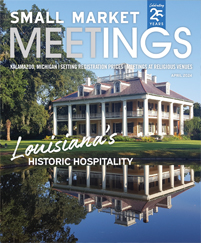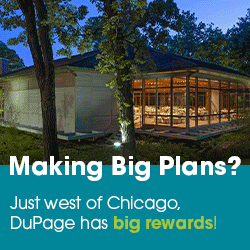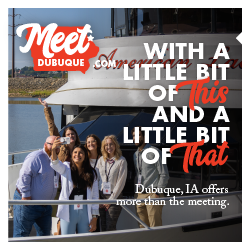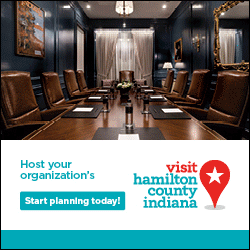Like most of NASA’s greatest achievements, the history of the Kennedy Space Center Visitor Complex can be traced back to a combined urgency to meet a growing curiosity and to stretch the limits of possibility. The first inklings of a visitors center came about in the early 1960s, not long after Alan Shepard’s historic suborbital launch of May 5, 1961. The success of the launch attracted news media and attention on all corners of the world, and soon the doors of Cape Canaveral were rotating with a seemingly endless stream of visitors hoping to get a closer look at this burgeoning space program.
A combination of generous private investments and visitor-generated funds made it possible for the visitors center at the Kennedy Space Center to receive some much-needed upgrades in the late 1990s. The first order of business was to create public restrooms and bring the sun-bleached and rain-corroded Apollo/Saturn V rocket, one of only three in the world, indoors and restore it to its former glory.
The complex has grown substantially over the years, where it now features an Imax Theatre for screenings of the 3-D “Journey to Space” film, a U.S. Astronaut Hall of Fame, an on-site cafe, the Astronaut Training Experience and nearly 100 interactive experiences for guests who wish to delve deeper into the world of NASA and space exploration. Visitors enter the complex at the base of a 13-foot 3-D representation of the NASA globe adjacent to a 75-foot-long fountain that flows beneath a laser-etched inscription of President John F. Kennedy’s famous 1962 “Moon Speech.”
The complex has attracted meeting groups from around the world as “the only place you can sip cocktails below Space Shuttle Atlantis,” a designation mentioned first by Therrin Protze, chief operating officer of the Kennedy Space Center Visitor Complex. The visitors complex is like no place else on earth and includes numerous spaces that can accommodate groups of 30 to 3,000; each of the spaces brings to life the epic story of the U.S. space program’s past, present and future.
Meeting Spaces
The Kennedy Space Center Visitor Complex is home to a number of grand ballrooms and small meeting venues that accommodate groups of 30 to 3,000 guests. Spaces include the Dr. Kurt H. Debus Conference Facility, which holds up to 220 guests seated banquet style; the Space Shuttle Atlantis event space on the first floor of the 90,000-square-foot attraction, which holds up to 280 guests seated banquet style or 1,200 guests reception style; and the 1,000,000-square-foot Apollo/Saturn V Center based around the largest rocket ever flown, which holds up to 600 guests seated banquet style or 3,000 guests reception style. The complex also rents the Heroes and Legends Hall, which accommodates up to 60 guests seated banquet style, and the Journey to Mars: Explorers Wanted space, which is available only after hours.
Catering
The Kennedy Space Center Visitor Complex is operated by Delaware North, a company known as a leader in hospitality and food service. Executive chef Gidget Wickham, whose quintessential Floridian cuisine has earned the chef a name in fine-dining circles around the state, oversees the on-site culinary team to ensure that every event lives up to NASA’s reputation for excellence. Menus range from continental breakfasts to multicourse plated dinners. The catering team can also create custom menus to accommodate a wide range of dietary needs, including regional cuisine, vegetarian dishes and a variety of gluten-free options. Alcohol is available.











